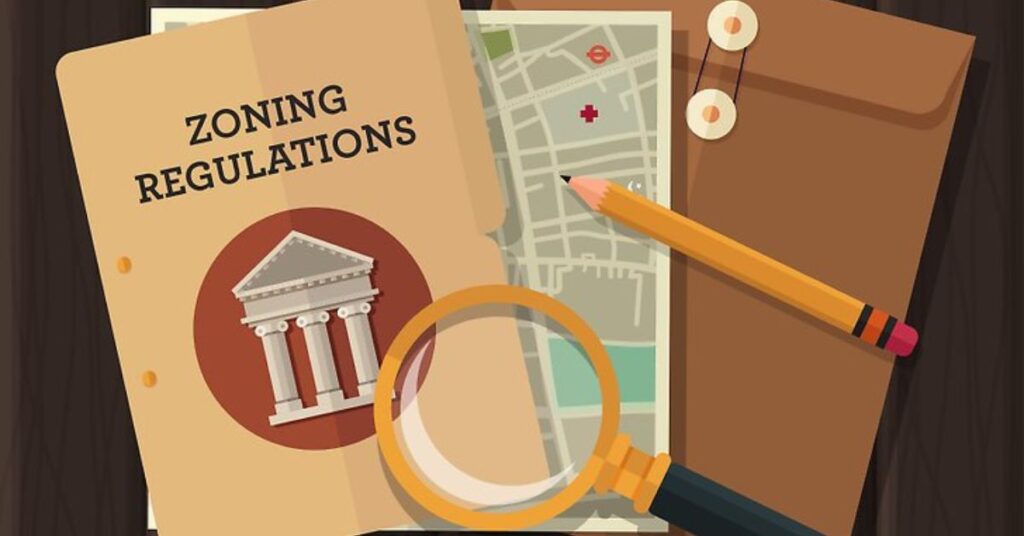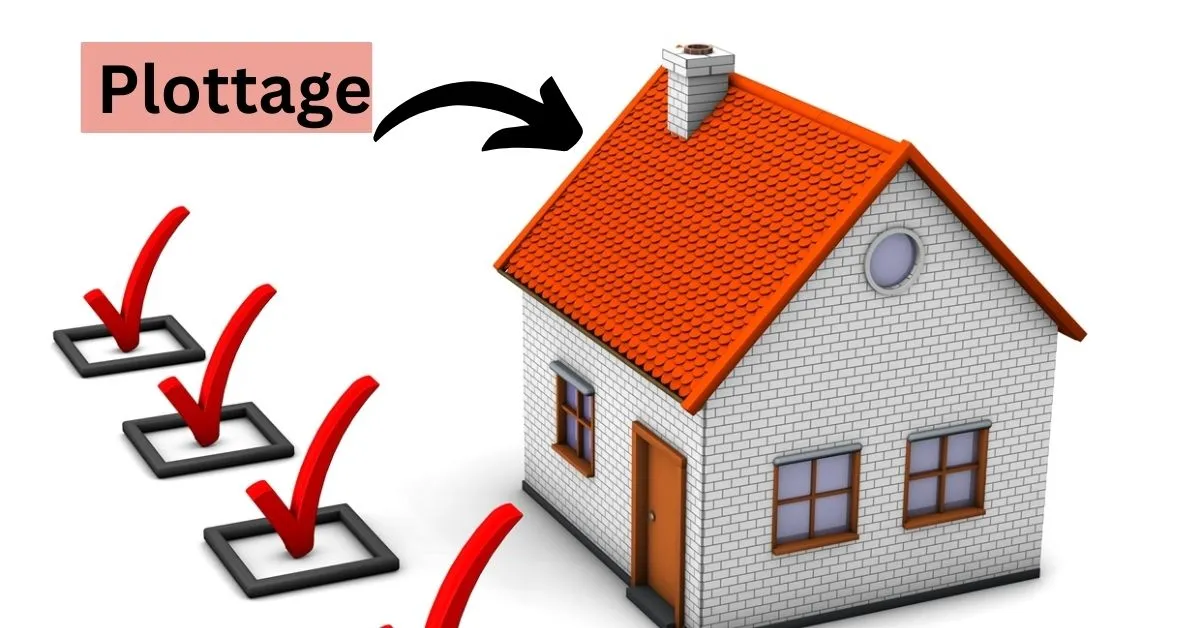Plottage in real estate refers to the increase in property value when two or more adjacent parcels are combined into one larger parcel. This process is also known as assemblage. The combined property often has a higher value than the sum of the individual plots.
Plottage is important in real estate development because it can create opportunities for larger projects. Developers can build bigger buildings or more extensive facilities on a larger plot. This often results in more efficient use of the land and potentially higher profits.
Additionally, plottage can make properties more attractive to investors. Larger parcels can support diverse development options, such as shopping centers, apartment complexes, or office buildings. This flexibility can lead to increased interest and higher bids from potential buyers.
Understanding Plottage in Real Estate
Understanding plottage in real estate involves recognizing how combining adjacent plots of land can increase their total value. When developers merge smaller parcels into one larger plot, the combined property often becomes more valuable than the individual plots’ total value. This increase in value due to the assemblage of land is called the “plottage value.”
Real estate investors and developers actively seek opportunities to achieve plottage. By purchasing multiple contiguous parcels, they can create a larger, more valuable property that can support more significant development projects. This strategic approach helps maximize land use and investment returns.
What is Plottage?
Plottage is the increase in land value that occurs when two or more adjacent parcels are combined into one larger parcel. This larger parcel is often worth more than the sum of the individual smaller parcels.
Real estate developers look for plottage opportunities. By merging smaller plots, they can create a bigger, more valuable piece of land. This larger land can support larger buildings or developments, making it more profitable.
Historical Context
The concept of plottage has roots in ancient land practices. Early landowners realized that merging small plots could enhance land value and utility.
Over time, real estate practices evolved to formalize this approach. Modern developers now actively combine parcels to maximize property potential and profits.
Factors Influencing Plottage
Several factors influence plottage. Location, zoning laws, and market demand play key roles. Developers consider infrastructure, accessibility, and potential land use. They also assess environmental regulations and neighborhood trends. These factors together determine the plottage value.
Location and Zoning Laws
Location greatly impacts plottage potential. Prime locations attract higher demand and offer better opportunities for profitable development. Developers look for areas with good infrastructure and accessibility.

Zoning laws regulate land use and affect plottage potential. They determine what can be built on the land and how it can be used. Developers must navigate these laws to maximize land value and comply with regulatory requirements.
Market Conditions
Market conditions greatly influence plottage value. When the real estate market is strong, demand for land increases, boosting plottage value. Conversely, in a weak market, plottage value may decrease as demand drops.
Several market trends affect plottage value:
- Economic growth can raise demand for larger, combined plots.
- Urbanization trends increase the need for more extensive developments.
- Interest rates influence developers’ ability to finance land purchases.
- Population growth drives demand for residential and commercial spaces.
Calculating Plottage Value
To calculate plottage value, compare the combined plot’s worth to the total value of individual plots. Subtract the sum of the original plots’ values from the new, larger plot’s value. This difference shows the added value due to plottage. Developers use this calculation to decide if merging plots is profitable.
Methods Used
Comparative Market Analysis (CMA) is a popular method used in real estate to estimate a property’s value. It involves comparing the subject property to similar properties that have recently sold in the same area. Real estate agents often use CMA to help sellers set listing prices and to assist buyers in making competitive offers.
Valuation approaches are methods used by appraisers to determine a property’s value. There are three main approaches: the sales comparison approach, the cost approach, and the income approach. The sales comparison approach is similar to CMA and looks at recent sales of similar properties.
The cost approach estimates the cost to replace the property with a similar one. The income approach values a property based on its ability to generate income, often used for commercial properties.
Real-Life Examples
Real-life examples help us understand concepts better by showing how they work in everyday situations. For instance, when learning about supply and demand, we can look at the housing market. If more people want to buy houses than there are houses available, prices go up. Conversely, if there are more houses than buyers, prices go down.

Another example is the importance of teamwork. Consider a group project in school. When each member contributes their skills and knowledge, the project is completed more efficiently and successfully. These real-life examples make abstract ideas more relatable and easier to grasp.
Relaed Content: HOW TO BECOME A CERTIFIED REAL ESTATE PROBATE SPECIALIST? LET’S FIND OUT!
Benefits and Challenges
Combining smaller plots of land into a larger parcel offers many benefits. It increases the land’s value, allows for more efficient use, and attracts developers. However, challenges also exist. Acquiring multiple plots can be costly and time-consuming. Owners may not want to sell, and the legal process can be complex. Despite these challenges, the benefits often make the effort worthwhile.
Benefits of Plottage
Combining smaller plots of land into a larger one, known as plottage, brings several benefits. It increases property value and enables economies of scale in development. Developers can build larger projects more efficiently and cost-effectively.
Main Benefits:
- Increased property value
- Economies of scale in development
Challenges
- Acquiring multiple plots can be costly.
- Owners may be unwilling to sell.
- The process is time-consuming.
- Legal complexities can arise.
- Coordinating with multiple stakeholders is difficult.
Practical Applications
Plottage has practical applications in urban development and real estate. Developers use plottage to create larger parcels of land, allowing for the construction of bigger, more profitable projects. Cities benefit by optimizing land use and increasing property values. This strategy enhances community development and boosts local economies.
Real Estate Development
Real estate developers leverage plottage to maximize project value and efficiency. By combining smaller plots, they can create larger, more valuable parcels of land. This strategy allows for bigger, more profitable developments and improved land use.
Strategies for Leveraging Plottage:
- Acquire adjacent plots for consolidation.
- Use combined land for larger projects.
- Enhance property value through strategic development.
- Optimize land use for community benefit.
- Plan developments that attract businesses and residents.
Investment Considerations

Investors can benefit greatly from plottage opportunities. By acquiring and combining adjacent plots of land, they can significantly increase the property’s value. This allows them to sell the land at a higher price or develop it into larger, more profitable projects.
Additionally, investors can optimize land use and attract more tenants or buyers with improved property layouts. Plottage also offers potential for greater returns on investment through economies of scale in development and enhanced marketability. By leveraging these opportunities, investors can achieve substantial financial gains.
Frequently Asked Questions
What is plottage in real estate?
Plottage is the increase in property value when two or more adjacent parcels are combined into one larger parcel.
Why is plottage important in real estate development?
Plottage creates opportunities for larger projects, allowing developers to build bigger buildings and make more efficient use of the land.
How do investors benefit from plottage opportunities?
Investors can increase property value, optimize land use, and attract more tenants or buyers, leading to higher returns on investment.
What are the main benefits of plottage?
Increased property value and economies of scale in development.
What challenges are associated with plottage?
Acquiring multiple plots can be costly, time-consuming, and legally complex, and coordinating with multiple stakeholders can be difficult.
Conclusion
Plottage in real estate refers to the increase in property value when two or more adjacent lots are combined into a larger parcel. This larger combined parcel is often more valuable than the sum of the individual smaller lots due to its increased potential for development or use.
Plottage is significant for developers looking to maximize the utility and profitability of land. By merging smaller lots, they can create more desirable and functional spaces, leading to higher returns on investment. This concept highlights the strategic importance of land assembly in real estate development.

Paul Mitchell, our website’s author, leverages 6 years of business expertise to provide insightful content. His wealth of experience enriches our platform, offering valuable insights for our readers.











